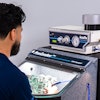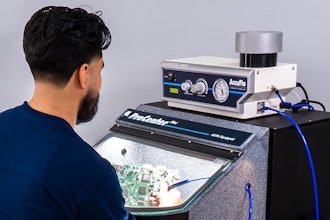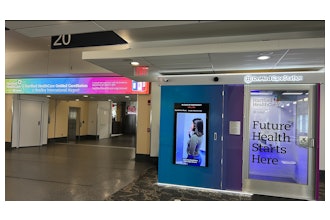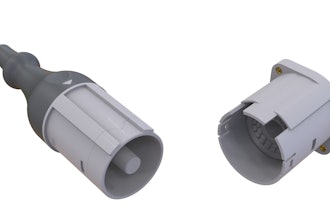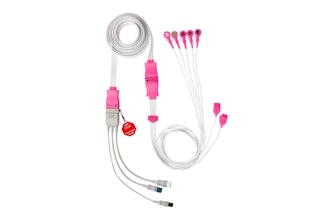
3M Health Information Systems (HIS) today announced the rollout of its new methodology, 3M Ambulatory Potentially Preventable Complications (3M AM-PPCs) software, developed to address patient safety and quality oversight for procedures performed in hospital outpatient departments or ambulatory surgery centers.
Unlike the inpatient setting, the outpatient environment has a less mature patient safety measurement system. As the scope, volume and complexity of procedures conducted in ambulatory settings expand, the need for a comprehensive approach to identify and trend adverse events also increases. The new 3M AM-PPCs software uses sophisticated grouping logic and allows providers and payers to identify and analyze complications in outpatient settings by specific procedures, service lines, providers, and facilities. National benchmarks are also included. These robust drill-down data analysis capabilities can provide insights on patient safety areas with the greatest opportunities for quality and excess cost improvements in outpatient settings.
"3M AM-PPCs can help payers and providers develop interventions to reduce preventable complications, improve care in ambulatory settings, and establish targeted incentives to guide outcomes-based payment," said Dr. Sandeep Wadhwa, 3M HIS global chief medical officer. "This new software can also facilitate easy and accurate reporting of ambulatory complications for public report cards and quality improvement efforts by providing a fair, age-adjusted basis for comparing service lines, hospital outpatient procedures and ambulatory surgery centers."
Complications not only impact quality of care, but also directly impact resource utilization and contribute to potentially avoidable health care costs. They are associated with excess follow-up visits, emergency department visits and inpatient admissions, and can affect patient safety, satisfaction, and emotional health. Although not all complications are preventable, excessive complications can be reduced if they are clearly identified and addressed. Likewise, the solution also identifies providers and sites of excellence with lower-than-expected complications from whom best practices and recognition can follow.
"Patient safety is a priority for all health care organizations. As the trend toward ambulatory care delivery continues to grow, the need to promote safety and efficiency in this setting will also continue to grow. Our preliminary analysis of more than 11 million at-risk ambulatory procedures indicates complication rates may be as high as 10 percent for certain procedures, with significant variation by hospital outpatient departments, which suggests there is room for improvement in the quality of care being delivered," said Dr. Wadhwa.


